Advertisement
Plan Provides Road Map For What Boston Should Look Like In 2030
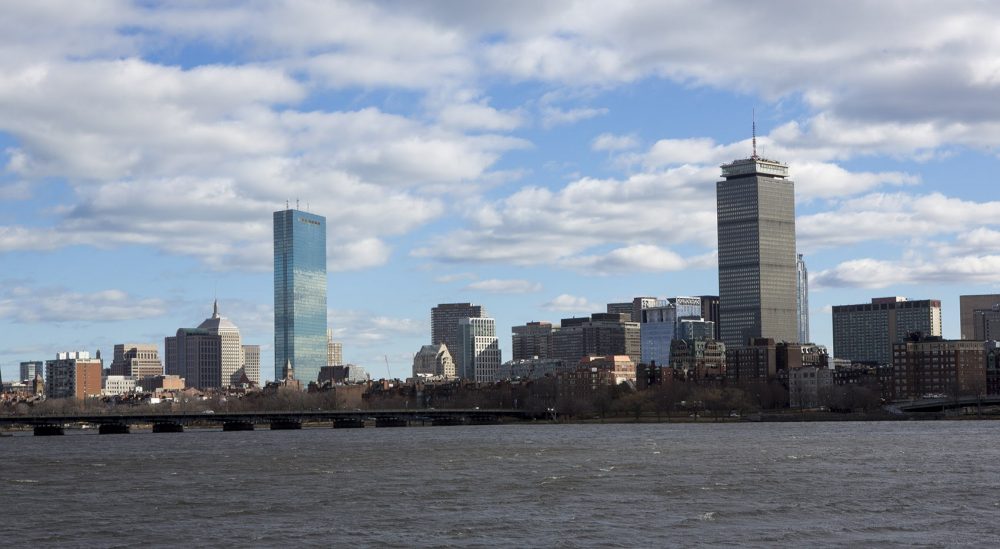
The city of Boston has released its first citywide development plan in over 50 years.
Officials want the Imagine Boston 2030 plan to serve as a road map for future development in the city. It calls for more mixed-use development and affordable housing, and infrastructure improvements in Boston's neighborhoods. The plan aims to make Boston a greener city that is more affordable and accessible, and provides more economic opportunities to all residents.
Imagine Boston 2030 has been in the works for about two years and was crafted with input and feedback from the public.
It comes as Mayor Marty Walsh faces reelection this fall. The vision of what the city should look like over the next decade-plus will very likely be a topic of debate.
"With the help of all the residents who offered their feedback, Imagine Boston sets a course for the future, guides our growth and builds on our existing strengths," Walsh said in a statement.
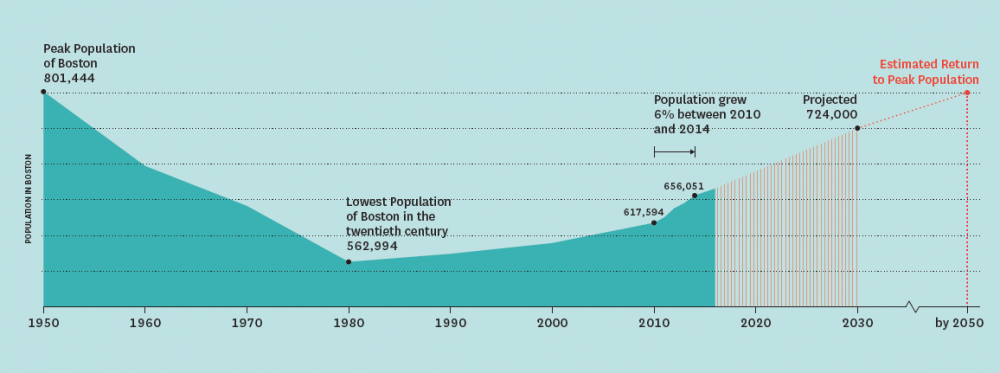
The plan, released Tuesday, aims to prepare the city for an expected population boom. Boston's population, currently at 656,000, is projected to hit 724,000 by 2030 and about 800,000 by 2050. The city is also expecting to add an additional 200,000 jobs by 2050. These projections mean there'll be much more demand for space to live and work.
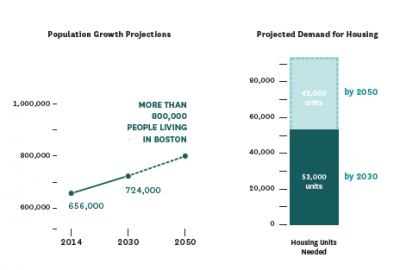
"People want to live here, businesses want to be located here," Rebekah Emanuel, the executive director of Imagine Boston 2030, said in an interview. "With that kind of growth, we want to make sure that the benefits of that growth are shared across all Bostonians."
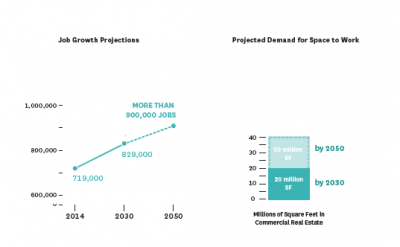
The city has vast socioeconomic gaps. Officials say many of the initiatives outlined in Imagine Boston 2030 aim to address those gaps and share the city's gains more broadly.
The plan covers everything from education to transportation to land use and quality of life. And it brings together all of the city's topic-specific planning efforts, such as Boston Creates (arts), Go Boston 2030 (transportation) and Climate Ready Boston (climate change).
Here are a few highlights:
-- The city's plan calls for "enhancing neighborhoods." This includes investments in public spaces, affordable housing and transportation improvements. An example of a neighborhood enhancement is in Dorchester's Upham's Corner, where city officials will announce Tuesday the development of a new $18 million library branch — an upgrade to the current branch there.
-- The city wants to develop mixed-use housing at the edges of existing neighborhoods. This includes Newmarket and Widett Circle (remember Widett Circle from the Boston 2024 Olympics bid?), Suffolk Downs, Beacon Yards, Sullivan Square, Readville and Fort Point Channel. The city believes these areas have the potential to become major job centers. That's already the case in Fort Point Channel, which will be home to GE and a new Amazon office.
Advertisement
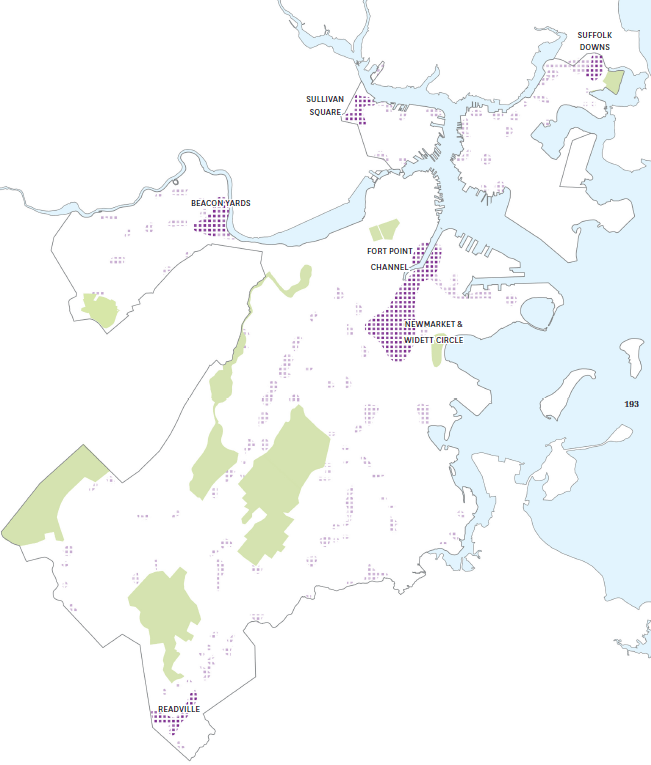
-- For the city's current commercial centers, the plan calls for mixed-use development that will give residents a place to live, work and socialize. This will likely mean more dense developments in the city, since Boston isn't growing any more land. The plan also calls for more spaces for arts and culture in the city's more dense areas.
-- Another area the city is prioritizing for development is the Fairmount Corridor, which stretches along the Fairmount/Indigo commuter rail line through Dorchester, Mattapan and Hyde Park. The plan outlines a number of steps to boost these neighborhoods, including investing in school facilities, affordable housing and Franklin Park.
-- Imagine Boston 2030 also outlines plans to enhance and protect the waterfront. This includes developing new open spaces along the waterfront, particularly in areas around South Boston, Suffolk Downs and Beacon Yards. The plan also calls for investment in infrastructure to guard against flooding and other climate-related problems.
Work on some of these initiatives is already underway, while other projects will be implemented in stages in the coming years.
"This is very much a living, breathing document," said Emanuel, the Imagine Boston 2030 executive director.
The city can't accomplish many of the initiatives alone. Emanuel said the city will look to partner with the state, federal government, businesses and community groups to carry out the plan. Some projects will be funded by the city's capital plan. Right now about 77 percent of the city's capital plan through fiscal year 2022 is allocated to Imagine Boston 2030 projects.
You can dive into the full 472-page Imagine Boston 2030 plan here.
